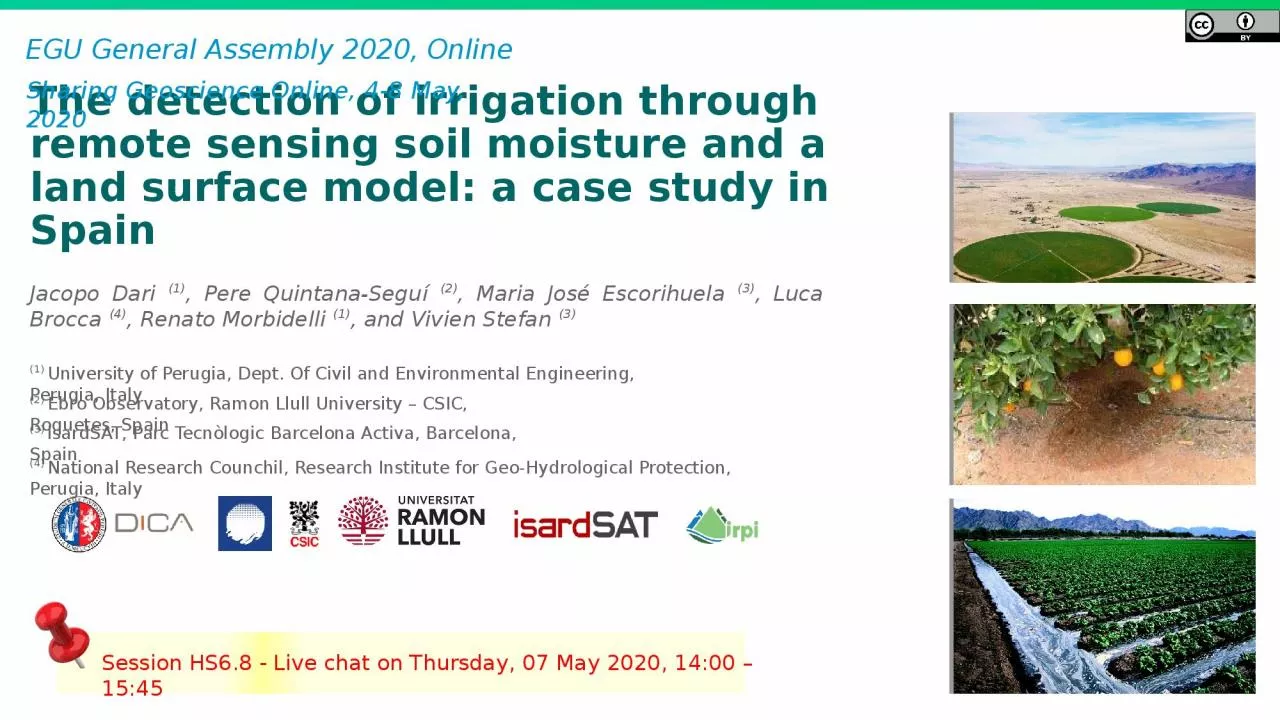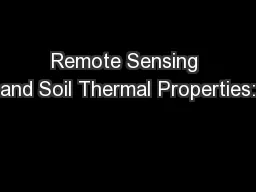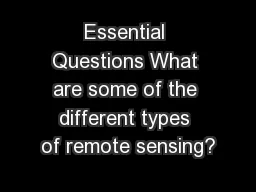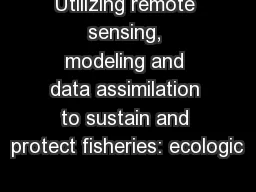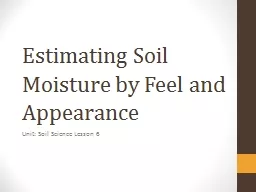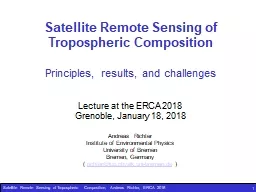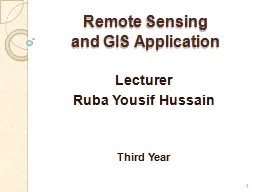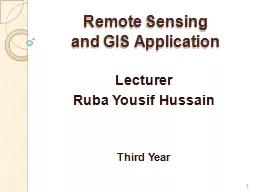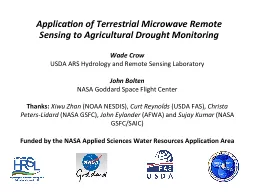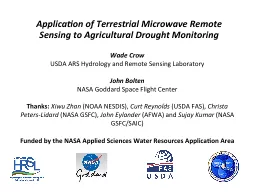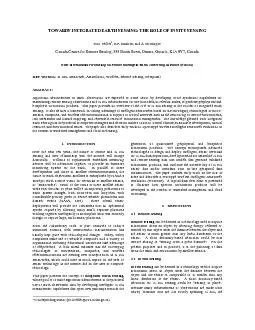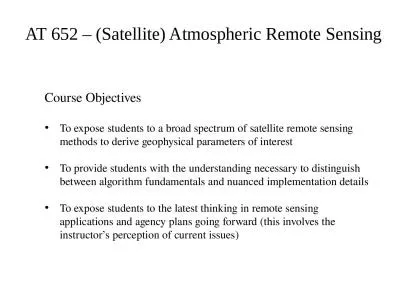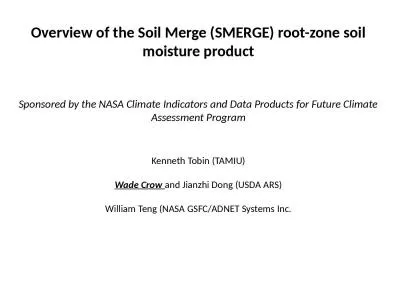PPT-The detection of irrigation through remote sensing soil moisture and a land surface model:
Author : PeacefulPassion | Published Date : 2022-08-04
Jacopo Dari 1 Pere Quintana Seguí 2 Maria José Escorihuela 3 Luca Brocca 4 Renato Morbidelli 1 and Vivien Stefan 3 1 University of Perugia
Presentation Embed Code
Download Presentation
Download Presentation The PPT/PDF document "The detection of irrigation through rem..." is the property of its rightful owner. Permission is granted to download and print the materials on this website for personal, non-commercial use only, and to display it on your personal computer provided you do not modify the materials and that you retain all copyright notices contained in the materials. By downloading content from our website, you accept the terms of this agreement.
The detection of irrigation through remote sensing soil moisture and a land surface model:: Transcript
Download Rules Of Document
"The detection of irrigation through remote sensing soil moisture and a land surface model:"The content belongs to its owner. You may download and print it for personal use, without modification, and keep all copyright notices. By downloading, you agree to these terms.
Related Documents

